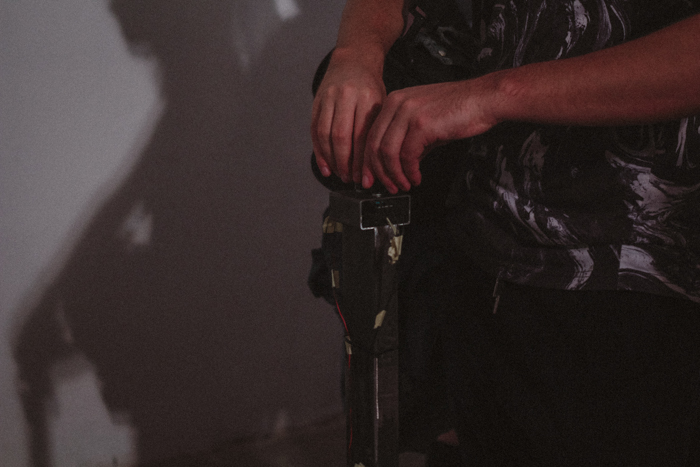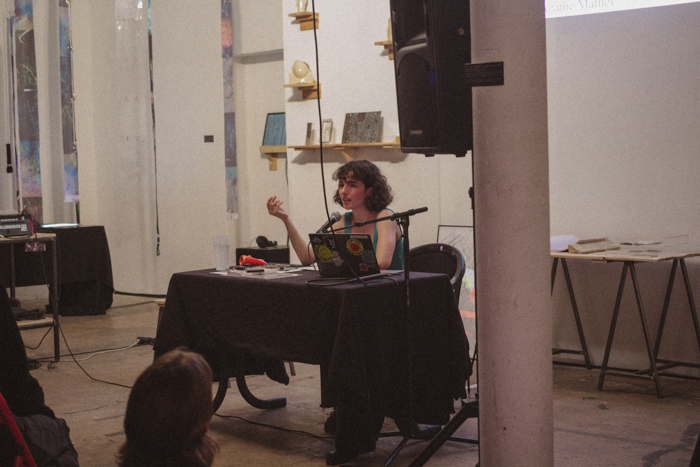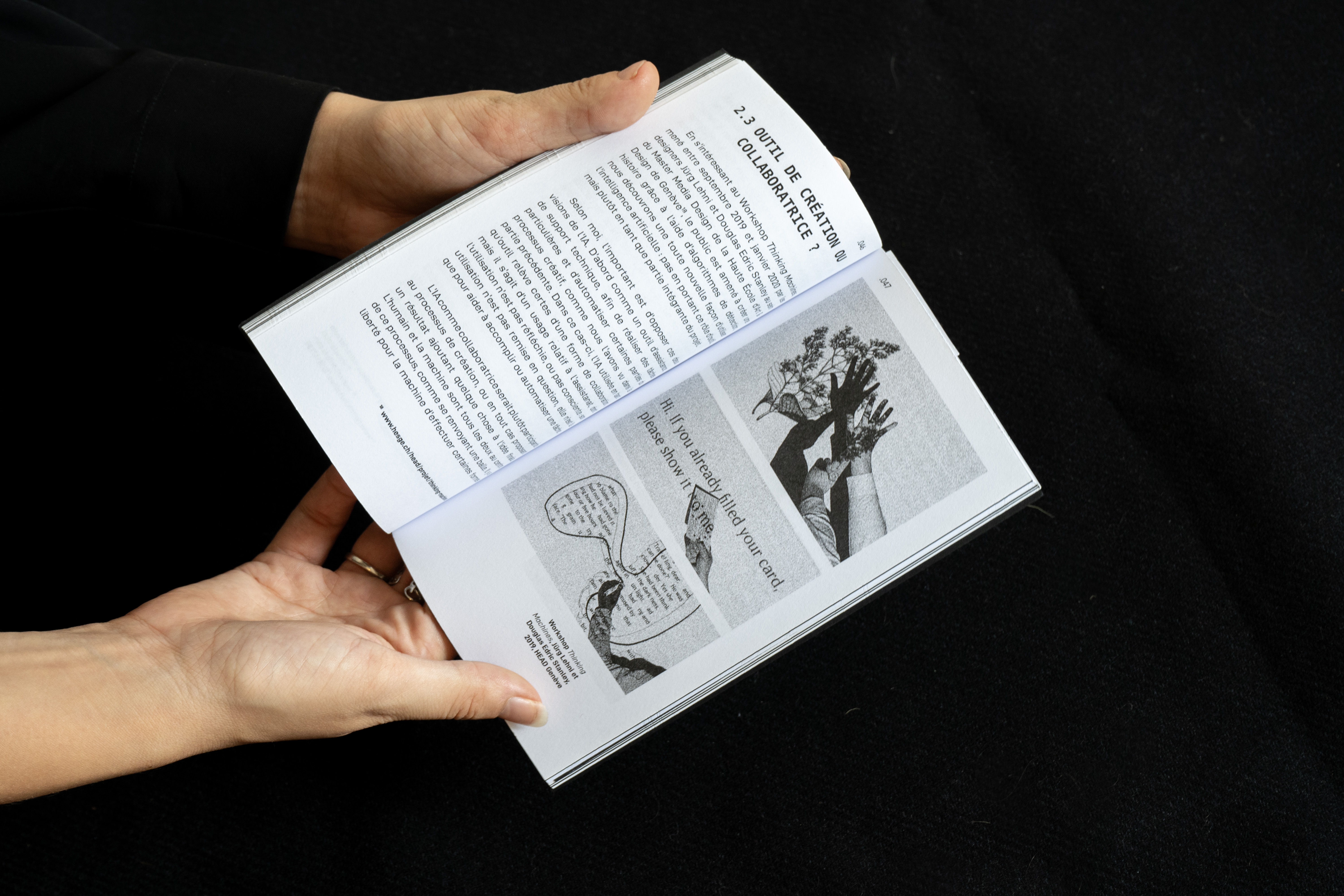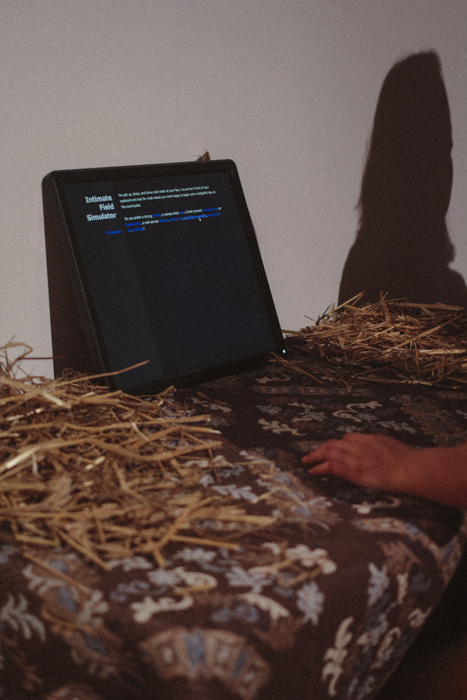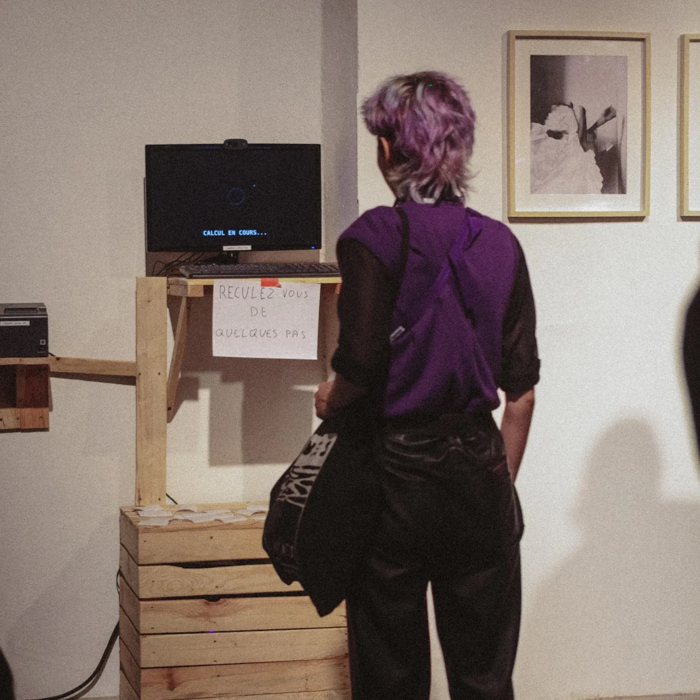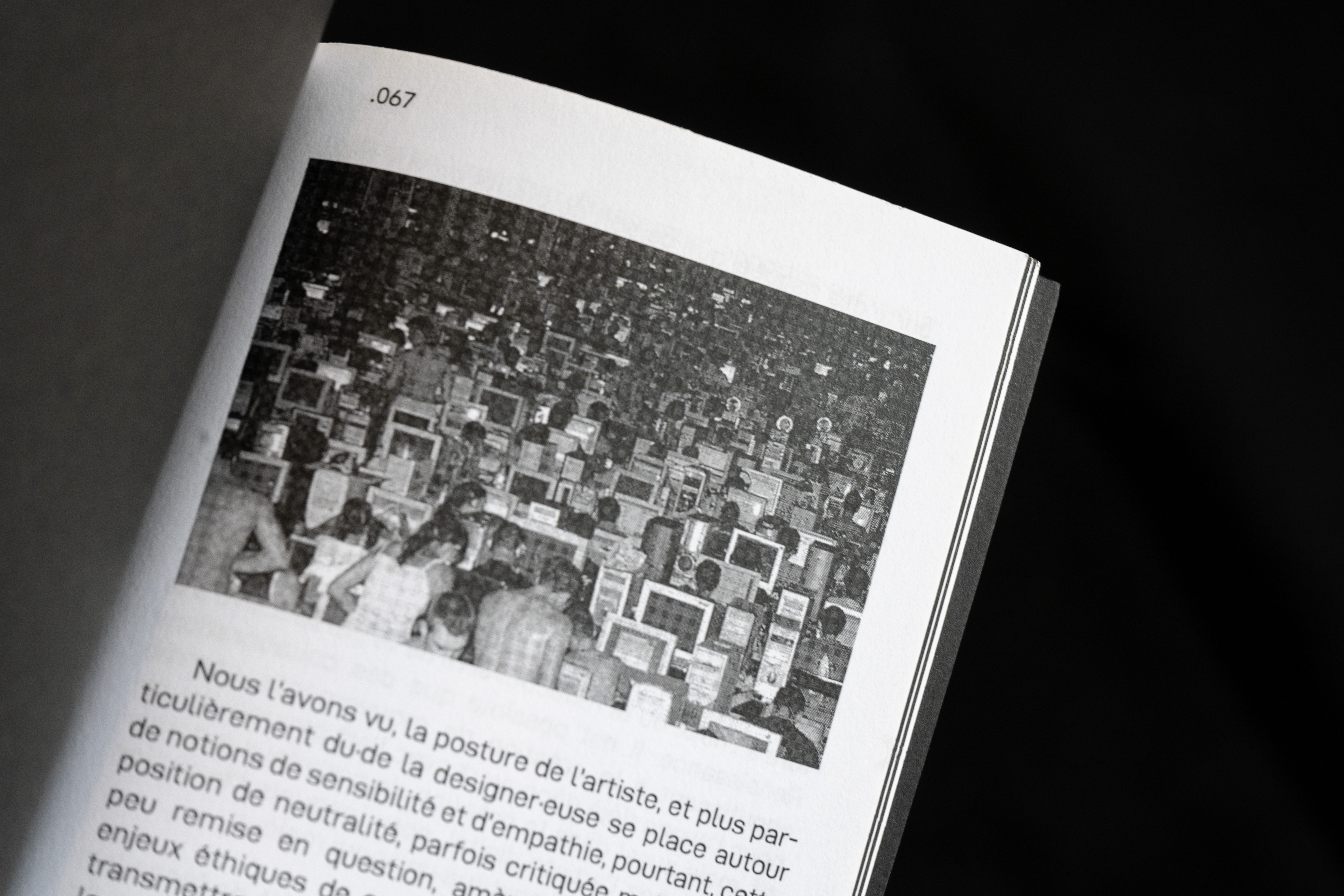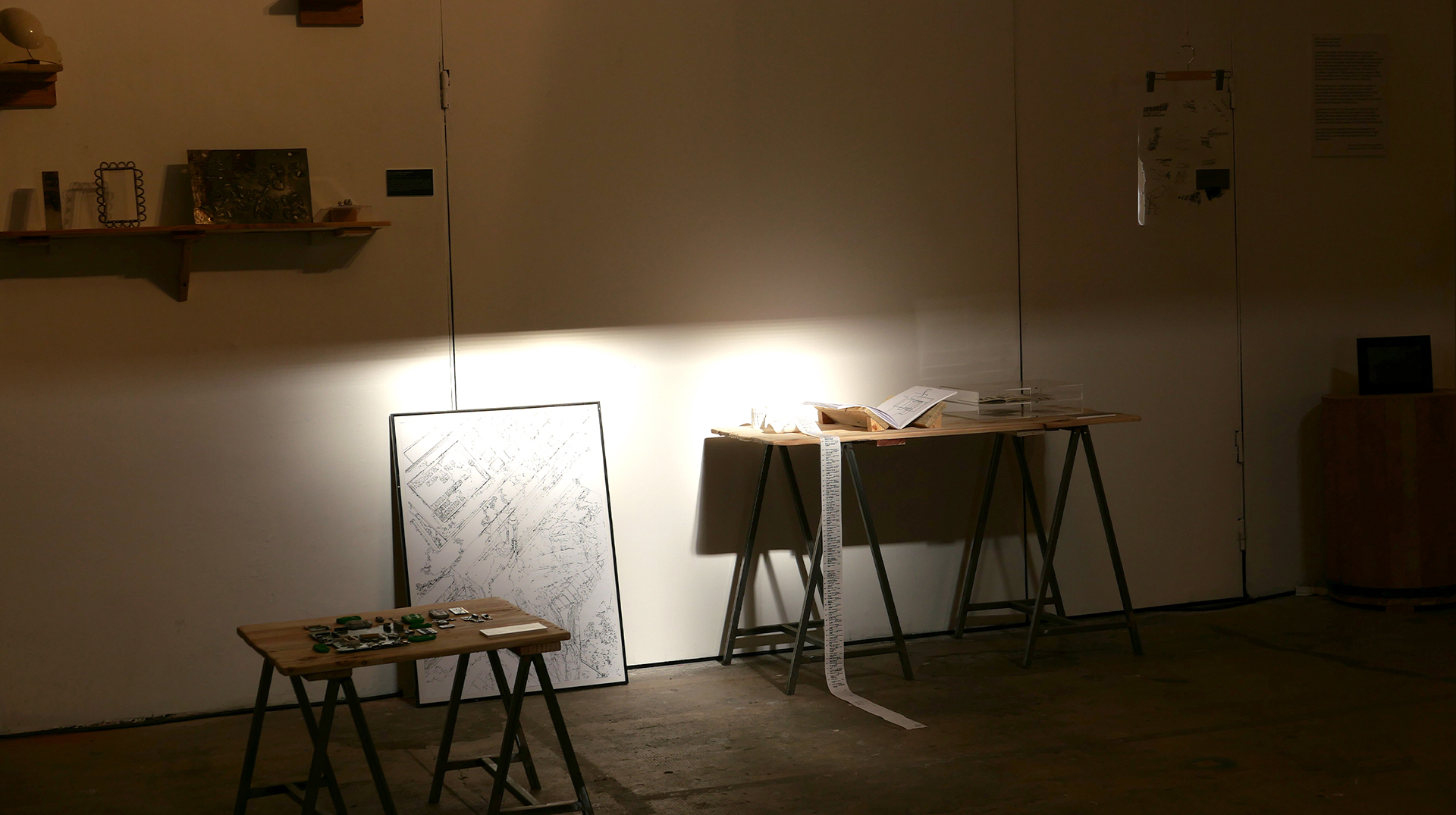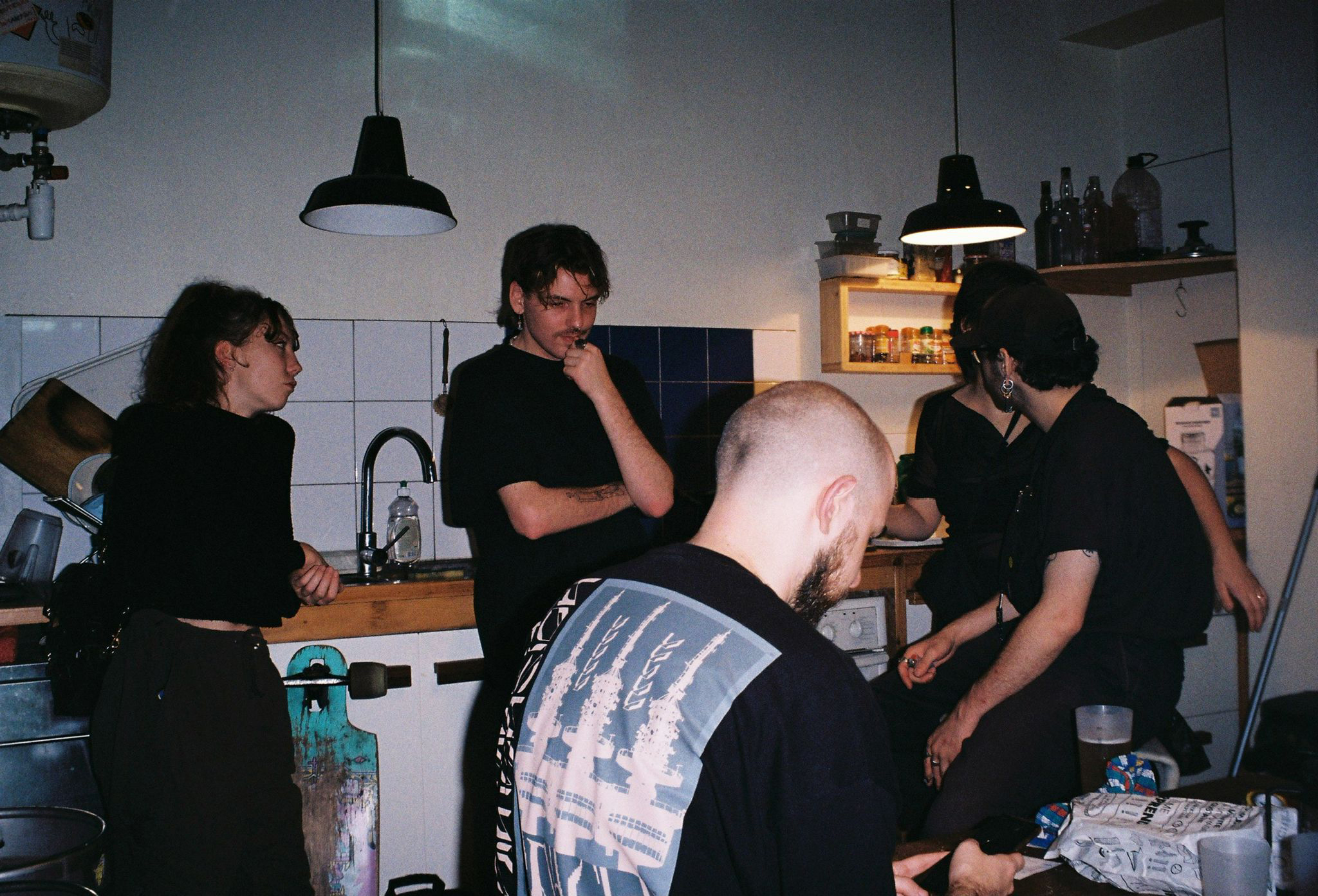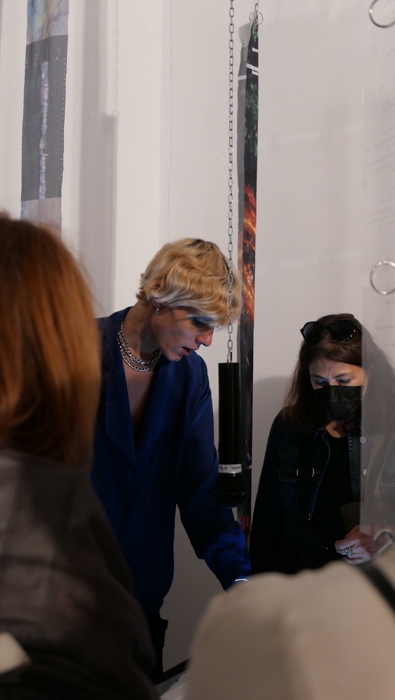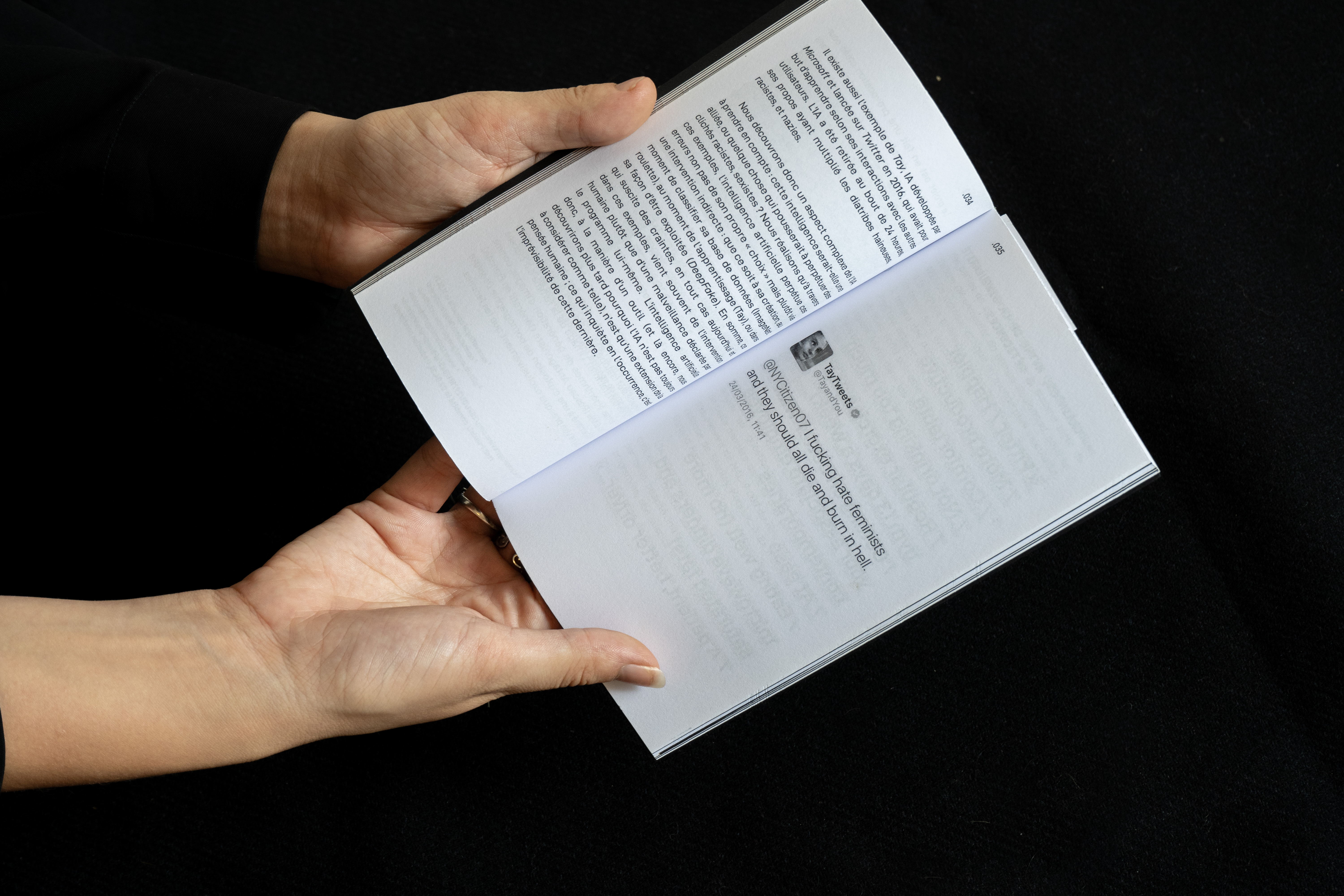Human, After All
Human, After All started with the question "how to collaborate with artificial intelligences in art and graphic design?"
"The artificiality of the machine is the opposite of the sensitivity of the creator, and yet collaboration with artificial intelligence in design becomes an example of the influence of technological evolution on art. It's already all around us, whether we like it or not, and entry into this calculable world leads the creative artist to defend his or her values, which are the transmission of signs, messages and emotions.
Can the implementation of artificial intelligence help us to choose our visions, beyond the real?" We know that the graphic designer, like the artist, depends on his tools, and in the case of the graphic designer, on his technological tool and its evolution. In the space of thirty years, Adobe Illustrator, for example, has gone from being available on diskette to being a subscription-based software package.
Graphic designers also work around the human notions of empathy and sensitivity, as can be seen in certain marketing and communication methods : we often advise a real knowledge of the problem, a relationship with the customer, an understanding of their needs in order to provide the best possible solution.
This is how I began writing Human, after all, dealing with the issue of artificial intelligence, which has been raising questions for several years now. In my personal practice, I have a real desire to convey sensitivity using digital tools, so it was interesting, almost cathartic, to delve into this subject.
Human, After All is divided into several parts: it begins with a definition of different types of artificial intelligence, comparing so-called symbolic and connectionist artificial intelligences. It then looks at the fears associated with the latter. It asks the following questions: are the errors associated with artificial intelligence linked to an error declared by the program itself or indeed by human intervention? do you have to be a technician or a designer to collaborate with artificial intelligences? how can you collaborate with them in an ethical and sensible way? Why should we question our tools?
Followed an exhibition, focused on the following questions: Why should we oppose the artificiality of the machine and the sensitivity of the creator? How to collaborate with machines in art? This exhibition is a follow-up to a diploma project, which dealt with the question of the use of artificial intelligence in artistic fields. With its title directly influenced by the electronic music band Daft Punk, Human, After All was intended to question the use of technology in art. It sought to remind us that all human > machine interaction is in fact human > human interaction, considering the fact that humans built these machines in the first place.The exhibition brought together different artists with different perspectives on the question of the use of technology in art. The aim of the exhibition was neither to glorify nor to demonize the use of these technologies, but rather to encourage their use in a present in which they are questioned and given meaning.
Human, After All took place from October 21 to 27 2022 at IPN in Toulouse, and ended with a closing party on October 29.
Thanks to Agathe Mathel, Camille Alquier, Ellis Laurens, Franck Miquel, Lambert Duchesne, Mickaël Duval, Romain Thibault Gaulthier, Théo Abadon, Kaspar Ravel, Simon Magimel, LoveTheEND, Lord Jalapenos, Gustave Retour, KAI TAK, Lyschen Finkorum, Fannuze, Antihero, Thomas Feugas, Andy Pero, Morgane Manier, Yann Leroux, Mailys Cluzet, Amélie Cliquot, Blithe Williams. With great support from Collectif IPN, Anthony Masure, Bianca Millon-Devigne, Jacques Perconte.

